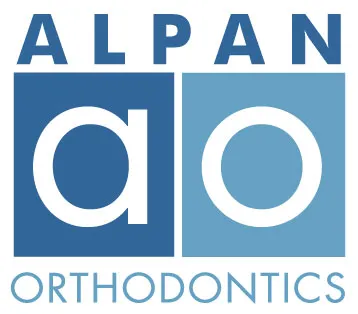Los Angeles, CA – When you think of orthodontic treatment you usually imagine a pre-teen wearing braces. However, orthodontics encompasses a wider range of treatments and sometimes is most effective with children between ages 7 and 9.
“The American Association of Orthodontists advises that children should have an orthodontic checkup no later than age seven,” points out Los Angeles invisible braces provider, Dr. David Alpan. “That’s because some treatments are most effective if they’re started at this age.”
“Treatment at this stage is called Phase 1 mixed dentition (because it manages baby and permanent teeth) care,” explains Dr. Alpan, a Los Angeles Invisalign specialist. “Treatment later in childhood, such as age 10 or 11, is called Phase 2 treatment.” Phase 1 often includes straightening the permanent front teeth and making space for future permanent teeth. During Phase 1 orthodontists may also correct a jaw-growth problem, or bite problem such as an overbite or underbite.
Phase 1 treatment usually takes 12 to 18 months. This is followed by a supervisory phase of 18 to 30 months in which the orthodontist monitors growth of permanent teeth and ensures that the correction remains in place. If a child needs Phase 2 treatment, it usually is no longer than 6 to 18 months.
“There are several reasons an orthodontist might consider Phase 1 treatment for your child,” notes Dr. Alpan, a Los Angeles braces specialist.
- Jaw Growth: The upper jaw bones start to fuse around age 8, so some procedures, especially expansion of the upper arch, should start at this age. If you wait, this might require jaw surgery later on. Expansion of the dental arch isn’t always possible after age 13 in girls and 15 for boys.
- Less Need for Tooth Extraction: Between 7 and 9 the permanent teeth are starting to come in. If the teeth need extra space in the jaw, an orthodontist can help create that space. If you wait, it may necessitate removing permanent teeth.
- Less Need for Surgery: Early intervention can decrease the odds of a tooth becoming impacted or stuck and needing surgery. Orthodontists can also take care of other problems that might necessitate surgery later on.
- Correction of Harmful Habits: Habits such as tongue thrusting, pacifier use, mouth breathing, and thumb sucking can lead to problems later in life. Early intervention can prevent these problems.
- Improve Compliance: Younger children tend to be more compliant with treatment than pre-teens and teens. They are more likely to cooperate with treatments, such as wearing retainers, that require their participation.
- Set Up Phase 2 Treatment: Phase 1 early intervention can improve Phase 2 treatment’s effectiveness and shorten treatment time. Starting treatment early also gives orthodontists two windows of opportunity to fix a problem. If Phase 1 cannot completely clear up an issue, Phase 2 treatment is available if necessary.
- Improve Appearance: Children with poorly aligned teeth might suffer psychologically. Improving facial aesthetics can increase their self esteem.


